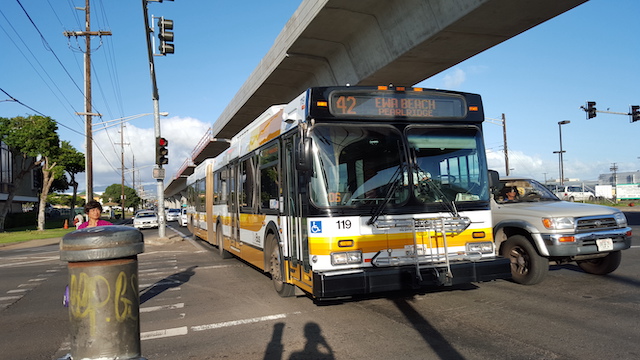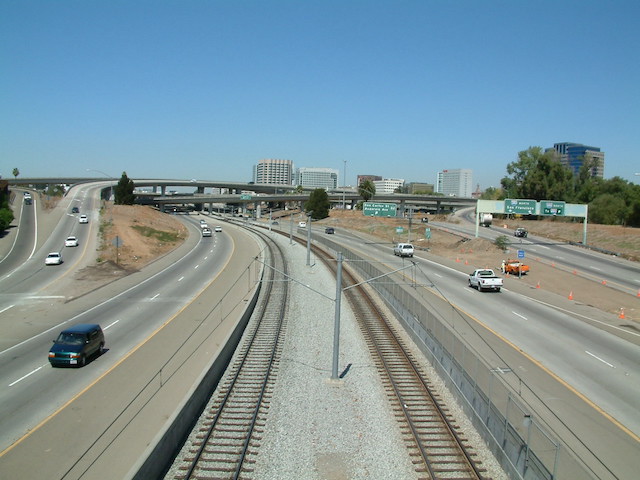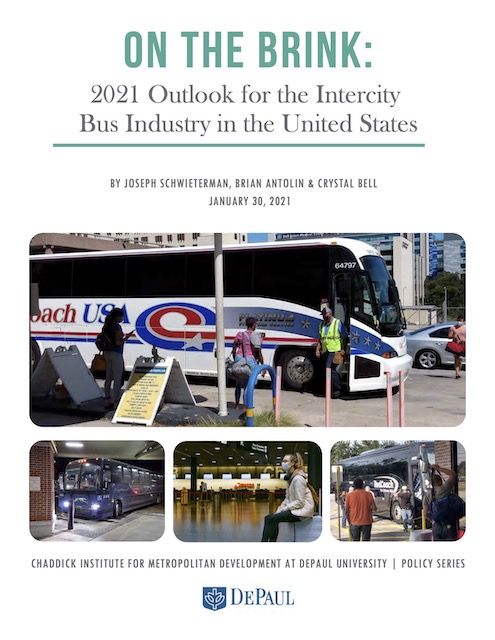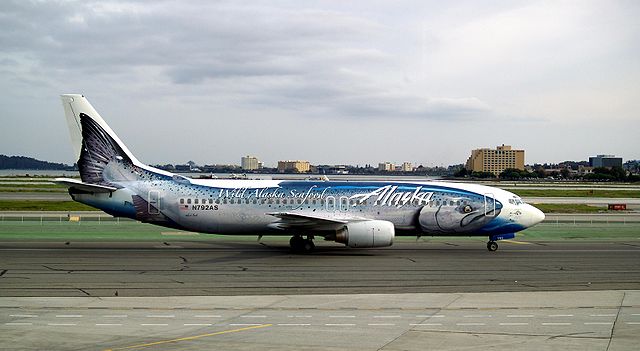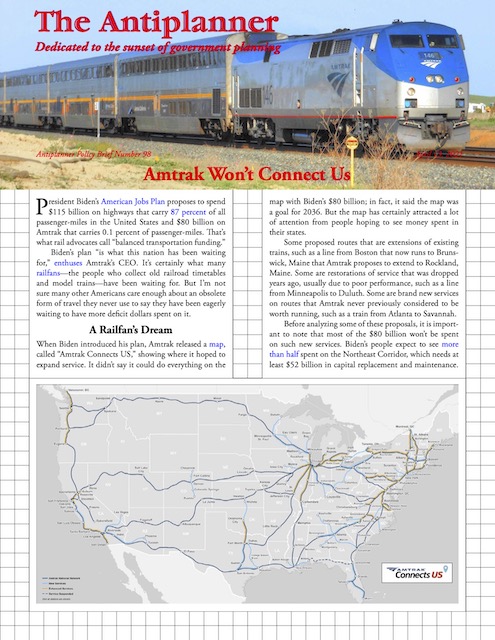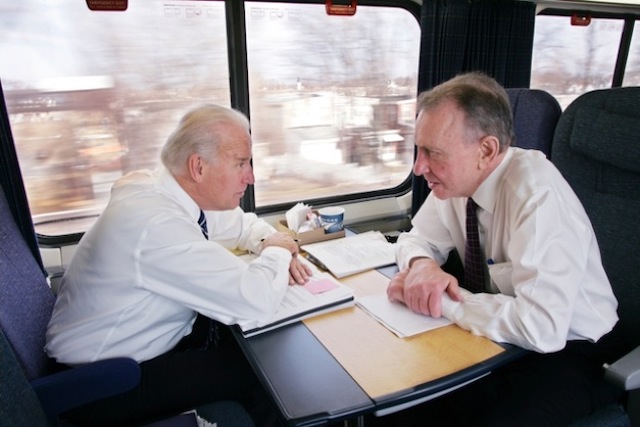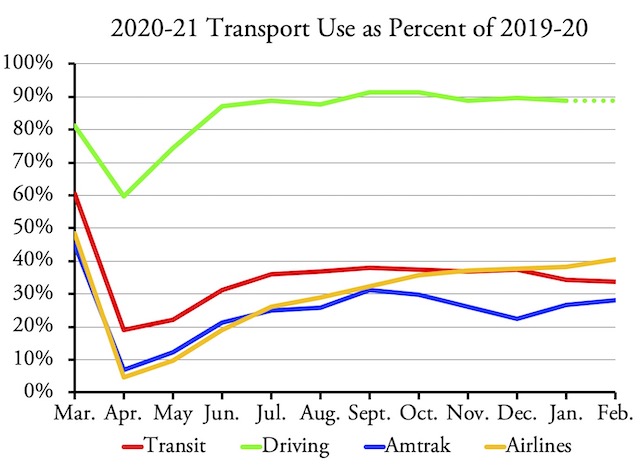“Transit is resilient,” claims transit industry consultant Paul Comfort, who is also executive director of the North American Transit Alliance, an association of private companies that earn money providing service to transit agencies. Comfort made this claim after visiting several transit agencies to see how they were spending the billions of dollars Congress gave them to compensate for the loss of ridership during the pandemic.
I don’t think that word means what Comfort wants us to think it means. The dictionary defines “resilient” as tending to recover from or adjust easily to misfortune or change. The panicky press releases sent out a year ago by transit agencies and advocates do not suggest that an industry that adjusts easily to change. Comfort’s examples of agency “resilience” are mostly about how they are spending the money Congress gave them on masks, sanitizers, and, for some reason, complete streets. He says nothing about actual ridership or other real performance measures. Here are a few tests that can be used to tell if an industry or institution is resilient.
1. Does the industry need a big bailout every time there is a downturn in the economy? Continue reading

